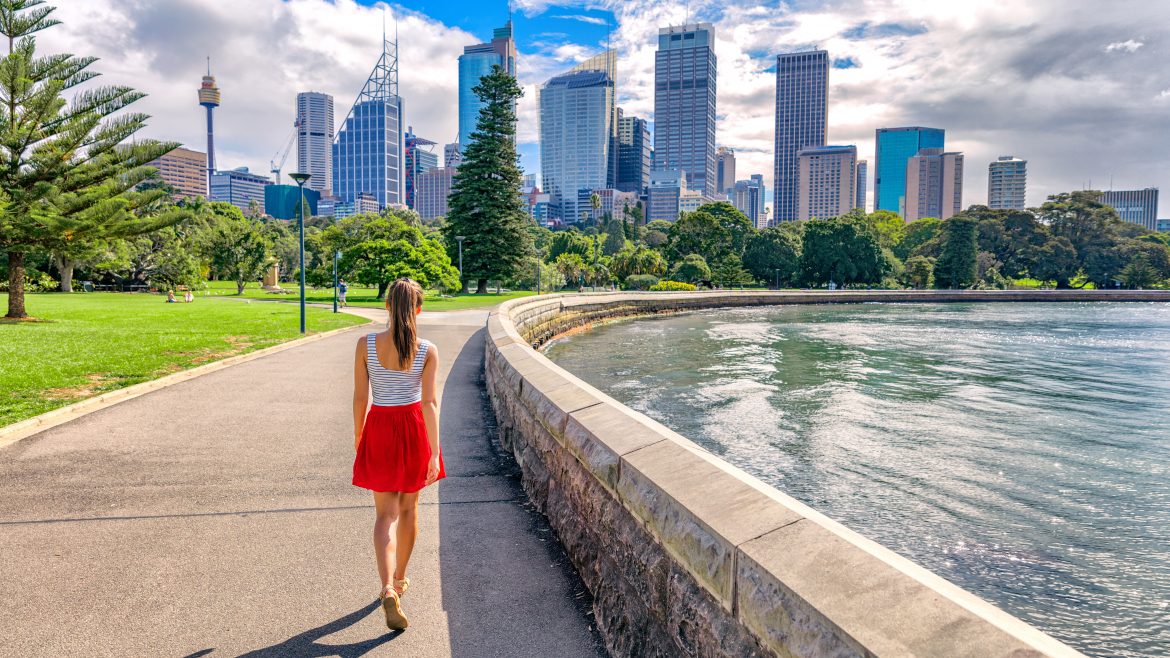How much does independent living cost (Australia) and is it worth it?
There are a lot of expenses and fees involved with living in a retirement village, and all payments made prior to, during, and after living in a retirement village must be detailed in your entry agreement contract.
The cost of entering and living in a retirement village varies according to the type of property, the facilities and amenities provided, and the services provided.
Before signing any contracts, it is critical that you get legal advice and receive full details of any applicable charges, what they cover, and what you must pay upon withdrawal.
We have listed some of the costs you will need to consider.
Fee for the waitlist
You may have to pay to join the waitlist even before being accepted for a retirement village house. Retirement village homes, condos, and apartments can be in high demand, especially in desirable and appealing places, as many other older Australians prefer to live a different lifestyle in retirement.
You should inquire with a retirement village about the cost of being on the waiting list, the length of the waiting list (when you can anticipate receiving a house offer), and whether you will be reimbursed if you change your mind.
Advance deposits
In most cases, for over 55 living in Melbourne, you will be required to pay a deposit before moving in, just as you would when purchasing a home.
Check with the village to see how long a house or unit can be held for you while still collecting your deposit. This is useful if you decide against relocating to a retirement community. Some communities will give you a certain amount of time to leave and still get your deposit refunded.
If you engage in a legally binding agreement with the village, the deposit will be applied to the purchase price or entry fee.
Following the signing of a residence contract, clients in some states and territories are entitled to a refund within a ‘cooling-off’ period.
Purchasing price
Depending on the type of tenure you have, you will either pay an entry payment (also known as an entering fee or entry price) or a purchase price when you buy into a retirement village.
Leasehold and licence tenures are typically structured so that the entry fee equals the property’s current market worth.
You normally pay a ‘buy price’ for the legal title to your property under strata, communal, and corporate titles.
Stamp duty
If your tenure is strata, community, or company title, you will usually have to pay stamp duty, commonly known as land transfer duty.
You must also pay stamp duty on leasehold titles if the lease is ‘assignable,’ which means you can sell the remainder of the lease term to a new resident after you leave the community.
Other leasehold arrangements are exempt from stamp duty in New South Wales, Queensland, and South Australia.
In general, licence agreements are exempt from stamp duty wherever you live in Australia.
Bottom line
Almost all retirement villages demand a monthly fee to pay the village’s operating expenses.
These will include, for example, facility maintenance, staff, water rates from common areas, security, insurances such as workers’ compensation and public liability, contents insurance for common spaces, and village building insurance.
You may also be required to pay for additional services such as laundry or personal care assistance. Apart from the general fee for chores, you need to check about the exit fee and re-licensing charges of the retirement village.

